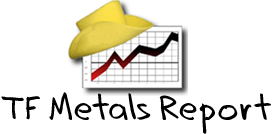 Via Goldman Sachs’ Dirk Schumacher,
Via Goldman Sachs’ Dirk Schumacher,
Bottom line: The ECB left its policy rates unchanged at today’s meeting and made no announcement of further non-conventional measures. The main innovation in today’s press conference was the shift in the language regarding the expansion of the ECB’s balance sheet: an increase towards the size of its balance sheet at the beginning of 2012 is now ‘intended’, rather than simply an ‘expectation’ of the Governing Council (as in the November statement). We read this as implying a higher degree of commitment to balance sheet expansion and thus as a further signal towards additional asset purchases. As made clear by ECB President Draghi, some members of the Governing Council remain sceptical about the introduction of further measures. An assessment of whether further stimulus is needed will be made ‘early next year’. Having emphasised that he does not need to achieve unanimity on the Governing Council to proceed with further easing (including purchases of sovereign debt), we expect Mr Draghi to announce and implement a sovereign debt QE programme during the first half of next year.
ECB to assess need for further measures ‘early next year’ The opening paragraph of the prepared statement included few – but noteworthy – changes. The Governing Council continues to expect the current measures to have a ‘sizeable’ impact on the ECB’s balance sheet. The statement, however, now expresses the ‘intention’ to increase the size of the ECB’s balance sheet back to the level seen at the ‘beginning of 2012′. This implies a higher degree of commitment than the language used in the November statement, which had referred to an ‘expectation’ that the balance sheet would achieve this dimension.
This post was published at Zero Hedge on 12/04/2014.























 Follow on Twitter
Follow on Twitter
Recent Comments